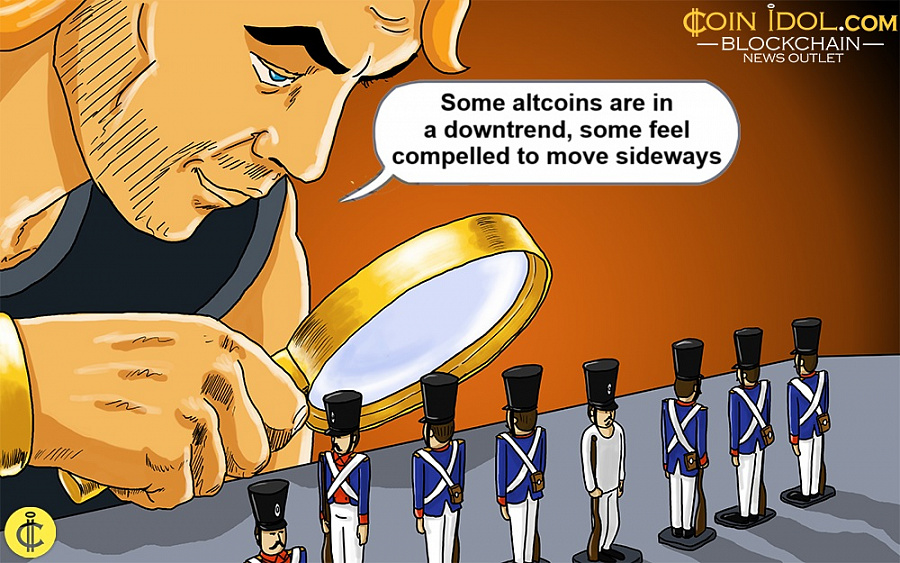NEW YORK, NEW YORK – JUNE 28, 2021: Collectors browse NFTs and paintings for sale by Digital artist … [+]
Art collecting is generally the preserve of the wealthy, as only a select few are able to purchase million-dollar paintings. But nonfungible tokens, called NFTs, are enabling much broader art ownership, which is good news for the blockchain, for art, and for art lovers.
For the rich, art tends to be an investment. Deloitte reports 8% annual returns since the turn of the millennium. These returns also have minimal correlation to other asset classes. This makes art a very attractive component of a diversified portfolio, and explains the $70 billion size of the asset class, according to Art Basel and the Union Bank of Switzerland.
For everyone else, art tends to be an expenditure. This is because $400 paintings don’t tend to appreciate in value, regardless of craftsmanship or beauty. However, decentralized finance is changing this by turning NFTs as inexpensive as $150 into investable assets. As a result, the NFT market has accelerated from nothing to over $5 billion in just a few short years, according to blockchain data on Dune.
Financialization matters because it is the mechanism by which expenditures can turn into potentially profitable investments. As with real estate, traditional art worth at least $100,000 can be used as collateral for loans or as a tax asset to transfer wealth. It can be held in freeports and bought and sold without leaving the warehouse, reducing tax liabilities. It can be fractionalized into tradable shares or aggregated into art investment funds.
The main reason traditional art needs to be sufficiently valuable to serve as an asset is that every transaction — appraisals, freeport placement, legal assessments, etc. — comes with sizable transaction costs and fees.
For example, shared ownership platform Masterworks only securitizes works from 70 out of the 24,000 artists it has analyzed, narrowing in on the likes of Basquiat, Picasso, and Banksy. As long as less valuable works of art cannot be financial assets, they will remain mere expenditures — like renting a home rather than buying.
Enter NFTs, which are digital records on the blockchain that prove ownership over something unique, typically a digital image. Think of the NFT as representing exclusive rights to the image, as one might own a photographic print, like this $4.3M Gursky photograph.
At first glance, this emerging medium seems to echo the traditional art market. The majority of attention swirls around the priciest NFTs, like Pak’s Merge, which went for nearly $92 million in late 2021.
Yet with NFTs, the transformational element is not just the medium itself, but the way collectors are leveraging new tech, specifically the exchanges and DeFi lending services, to make faster, more affordable deals.
Decentralized NFT exchanges like Opensea and Blur
BLUR
Compare Opensea’s 2.5% commission and two-to-three-day auctions to Sotheby’s 20%+ commissions and fees and months-long sales and auction process. With faster sales and lower costs, buying and selling is not just easier, it happens more often and more quickly, which means greater liquidity. More liquidity makes valuation data more reliable, which in turn enables financiers to lend against lower-value goods at higher loan-to-value ratios.
Asset-backed DeFi lenders like Gondi and NFTfi offer such loans, collateralized by NFTs. The NFTs are held in escrow in blockchain-based code that only releases upon repayment or for liquidation if prices drop. This reduces the cost and increases the reliability of asset-backed loans, thereby making them worthwhile on less expensive assets.
Suddenly, a $400 image can be an investment that gains value over time, rather than an expenditure that hangs on the wall until it’s damaged or sold in a yard sale. As a result, NFTs are experiencing demand that has sparked a Cambrian explosion of creative output. DeFi tools enable everyday consumers to collect like the wealthy, creating an affordable art market that is one of the most impactful changes spurred by the blockchain thus far.











